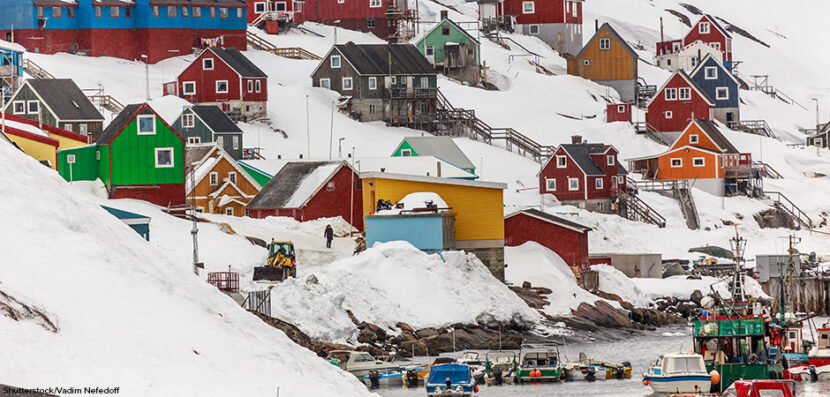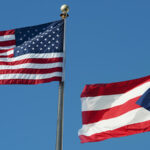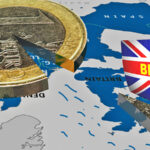- Current Events New Alabama Congressional District Selects Candidates
- Current Events Nebraska Rejects Winner-Take-All Proposal
- Citizenship Voting Under Age 18
- Citizenship Citizenship in Action
- Democratic Party Biden’s and Trump’s Recent Primary Results
- Elections Trump and Biden Win South Carolina and Michigan Primaries
Greenland: Not for Sale
It started out sounding like a joke: Trump announcing that he wanted to buy Greenland. In general, world leaders don’t just go around buying up each other’s countries. But Trump’s proposal caused a worldwide stir that has gone as far as to lead some political analysts to wonder if the United States might consider pulling out of NATO as a result. Here, Election Central takes a look at the “joke” that turned out to be not so funny.
What Was the Response?
Greenland is currently controlled by Denmark, though it has its own autonomous government. The prime minister of Denmark, Mette Fredericksen, immediately rejected the United States president’s proposal to purchase Greenland, saying that the island is not for sale. Trump lashed out at Fredericksen, then at NATO (the North Atlantic Treaty Organization) in general, because Denmark is a member, criticizing NATO countries other than the U.S. for not carrying their weight militarily. Trump also abruptly canceled a trip to Denmark and a meeting with Fredericksen, which were scheduled for September.
Why Greenland?
Greenland is the world’s largest island (836,300 square miles, or about three times the size of Texas), and it’s located in the Arctic Circle. It is undeveloped and mostly covered with ice. So why would Trump even want it in the first place? Several reasons, actually. As climate change causes the earth to warm, the Arctic becomes increasingly important–and some environmental experts refer to Greenland as the “ground zero” of climate change. Other countries, including China and Russia, have voiced their interest in building military bases on Greenland because of its location–so purchasing it would send a strong message to these countries. In fact, China has already announced a plan to build three airports on Greenland, leaving Trump concerned about what the U.S. can do to stop China from gaining control of the island.
Aside from that, Greenland holds a strategic military position, so some supporters say that buying it would be a good geopolitical strategy. There is also the huge potential for untapped mineral resources there, which have been previously covered by an ice shelf but which now (again, because of global warming) are becoming easier to mine. Let’s not forget that it’s home to vast quantities of another increasingly vital resource: fresh water and ice. And if the U.S. could purchase Greenland, it would expand the size of our country by more than 20 percent. There is also the possibility that such an arrangement could help out the 57,000 residents of Greenland too: as parts of the frozen island begin to thaw as a result of climate change, the U.S. could bring development dollars and business investments.
Déjà vu?
For all of those reasons, the idea to purchase Greenland might not be as off-the-wall as it originally sounded. In fact, though Trump is taking a lot of heat for trying to buy up Greenland, he’s not the first president to suggest it. In 1946, President Harry Truman offered to buy the island in exchange for $100 million in gold and some Alaskan oil rights. Later, George W. Bush expressed interest in buying it as well. In fact, the U.S. already has a foothold on the island with the Thule Air Base, built there in 1943.
But, sorry Trump, the fact remains: Greenland is not for sale.



